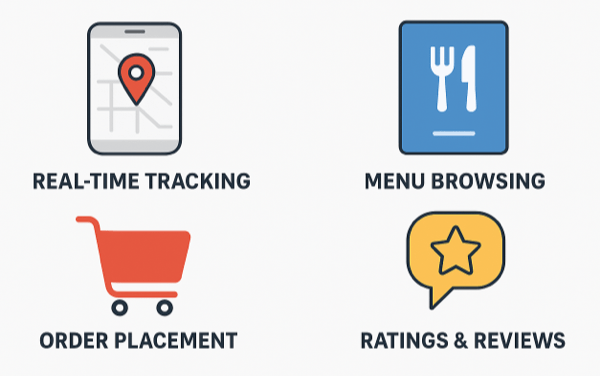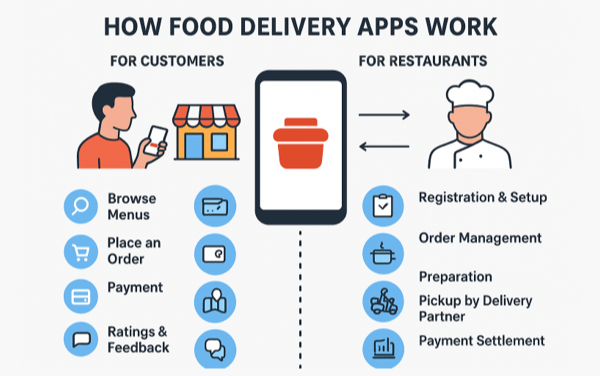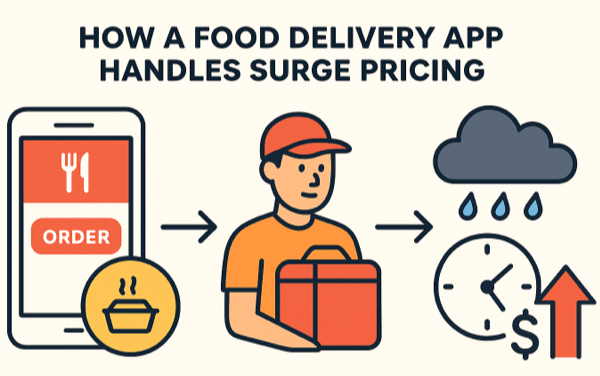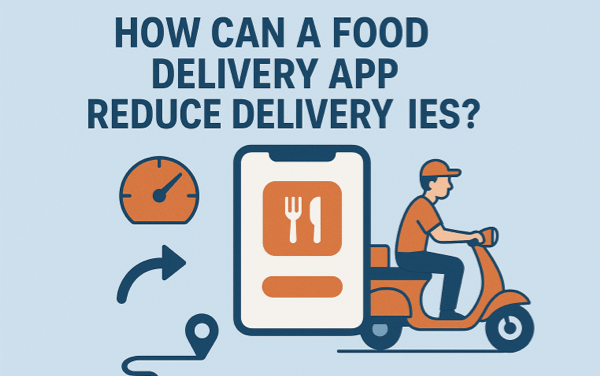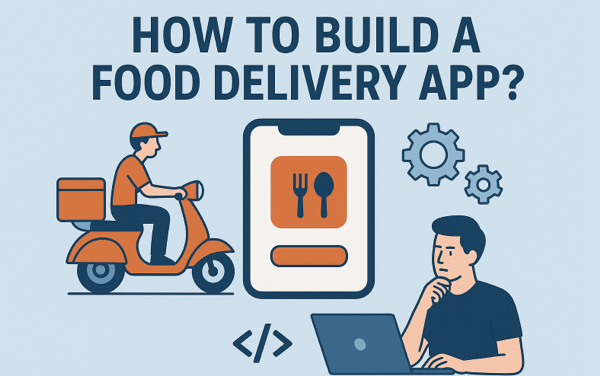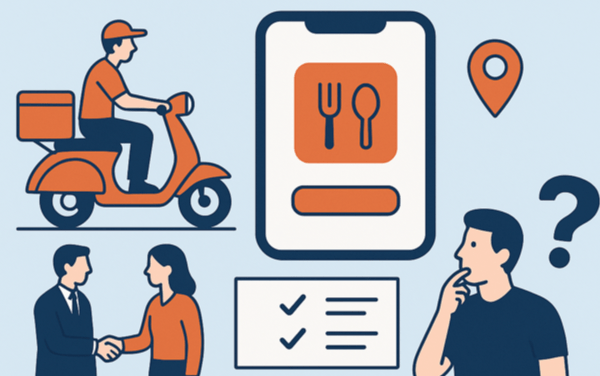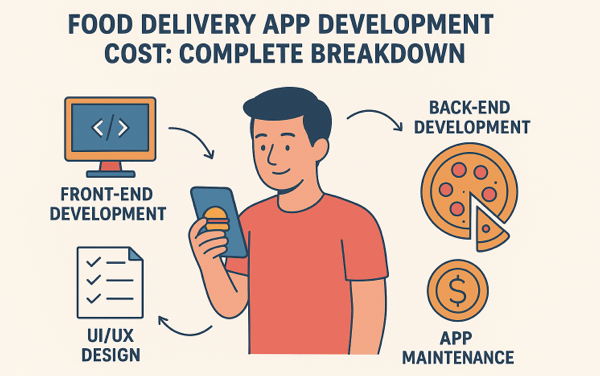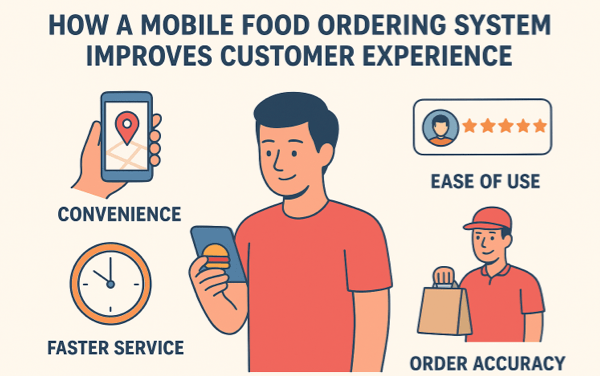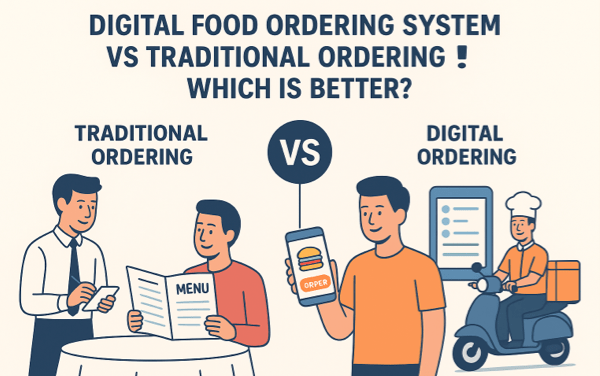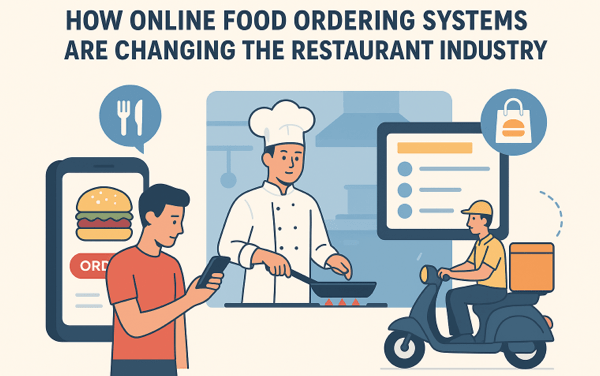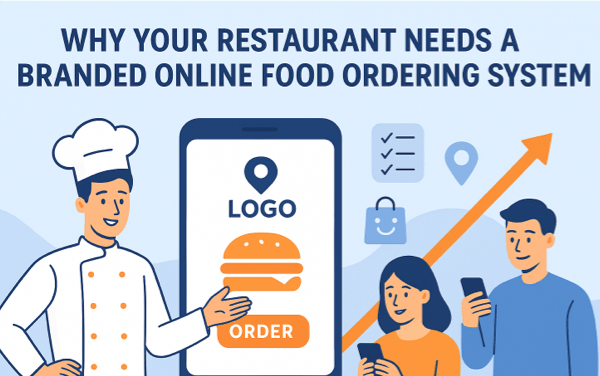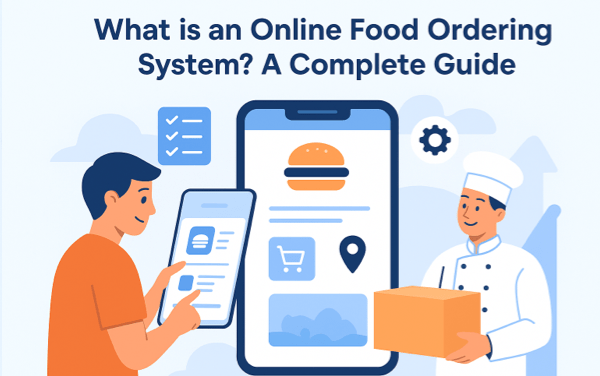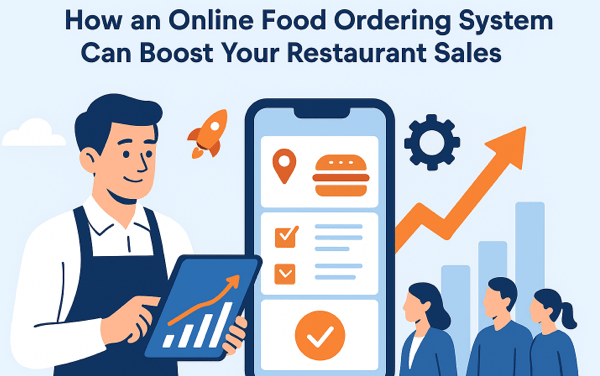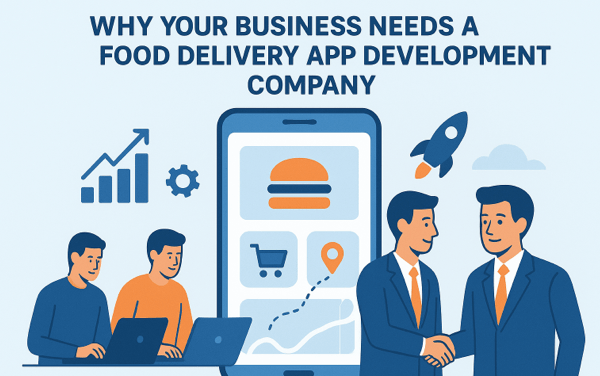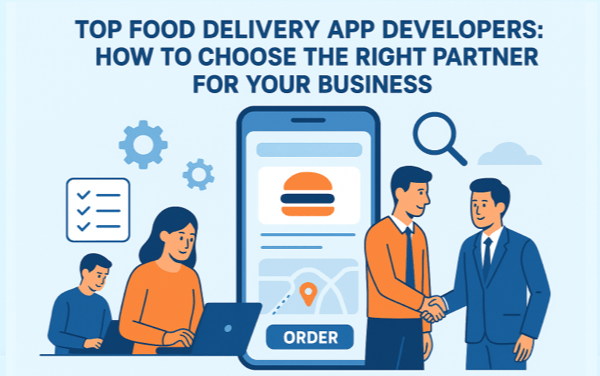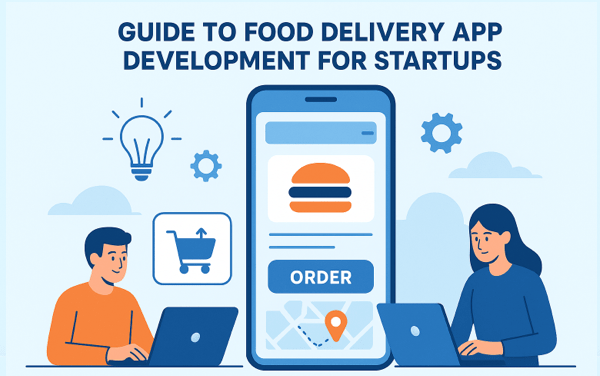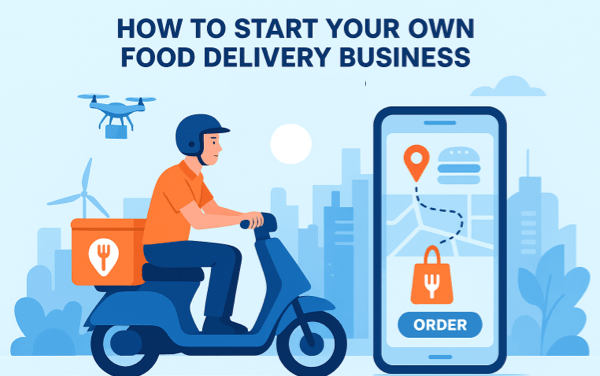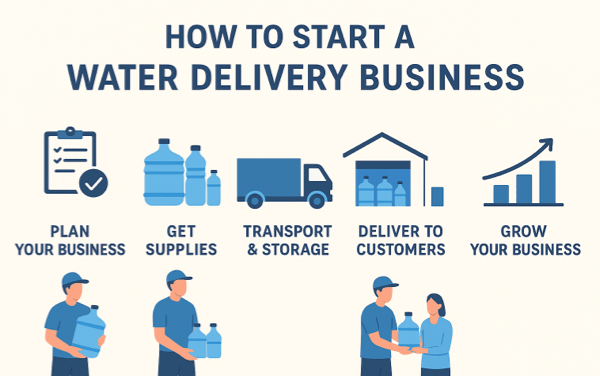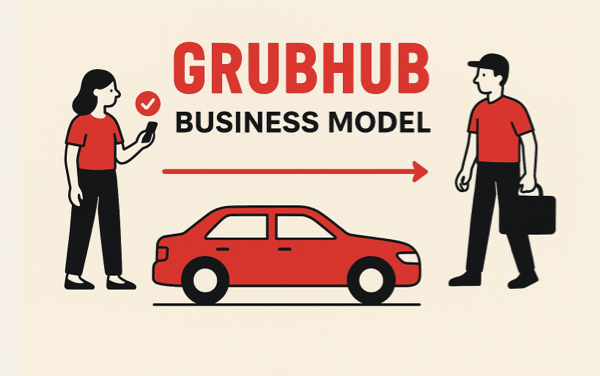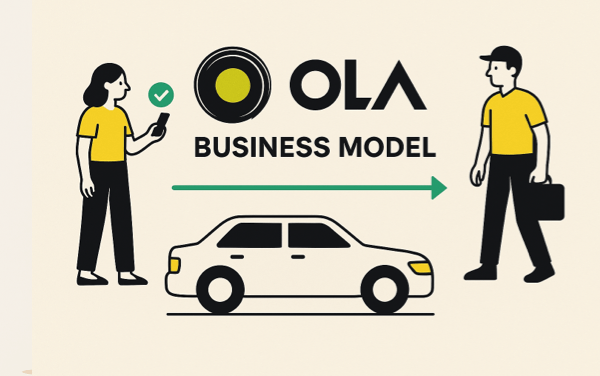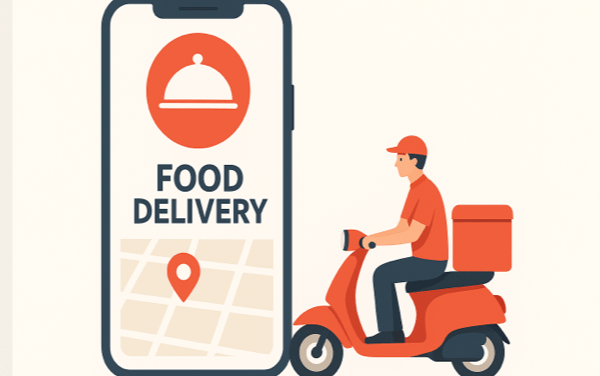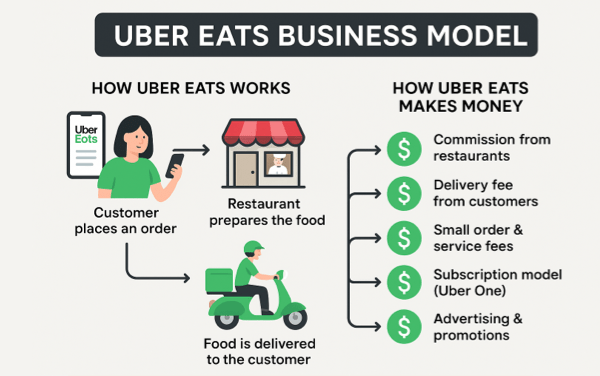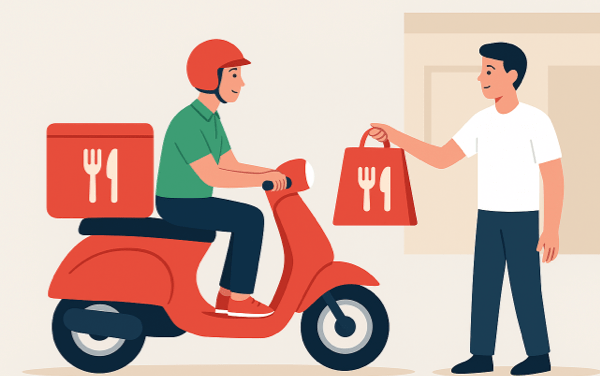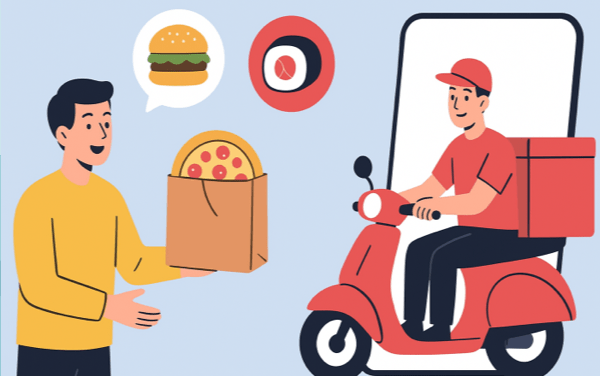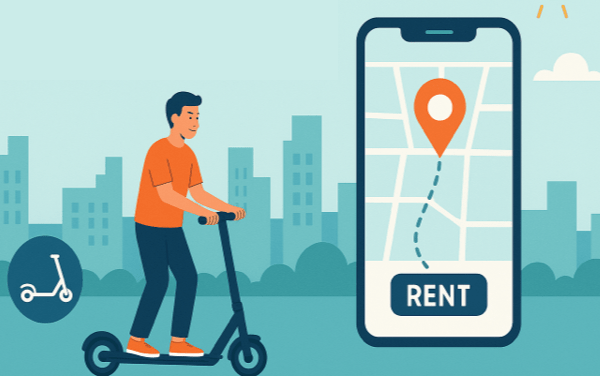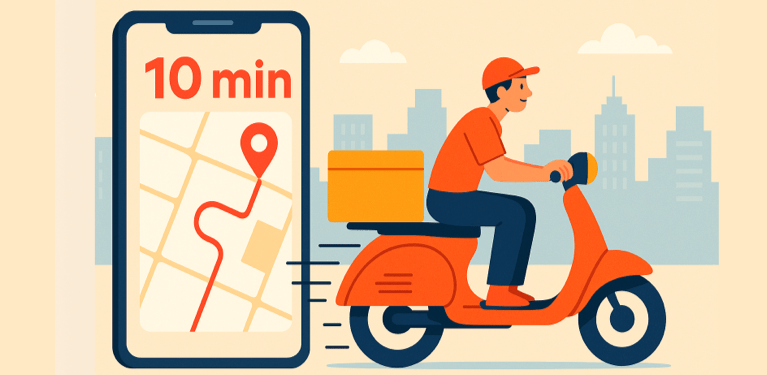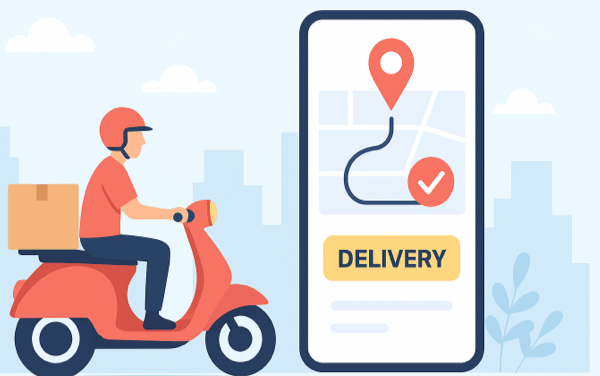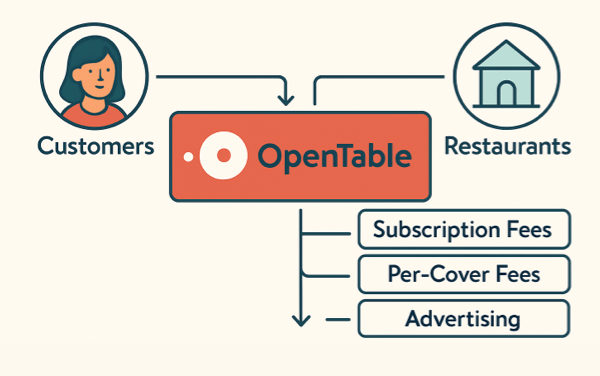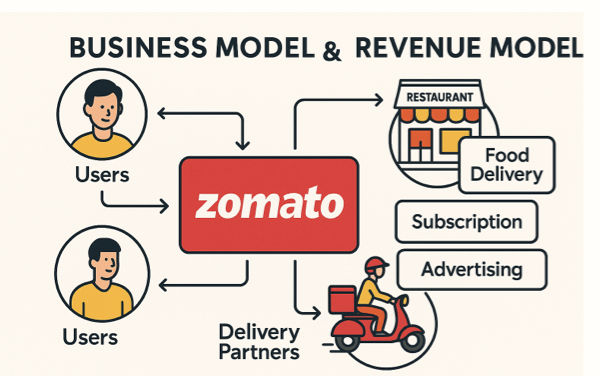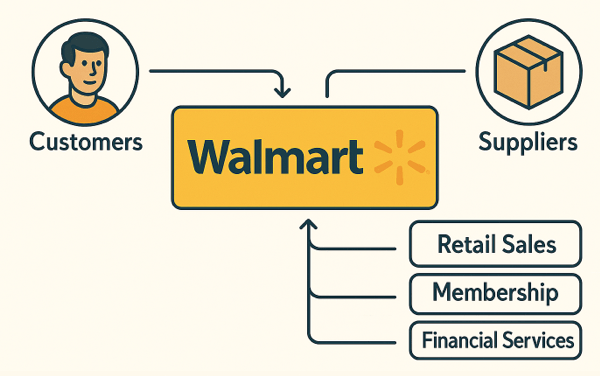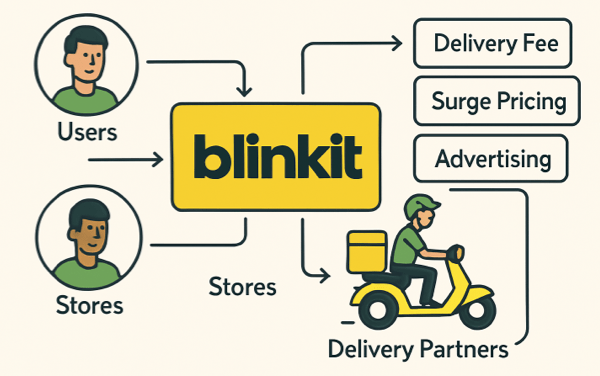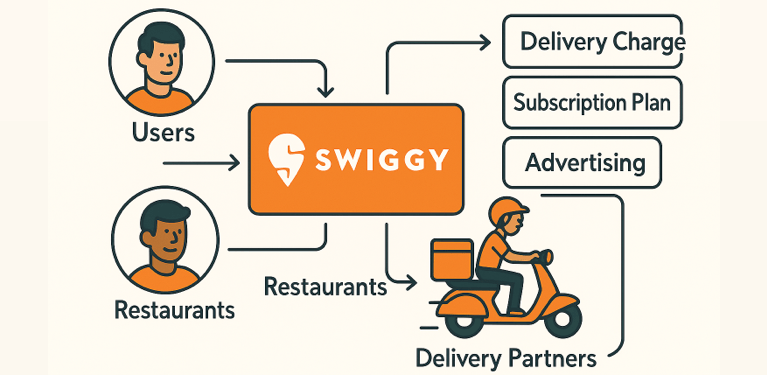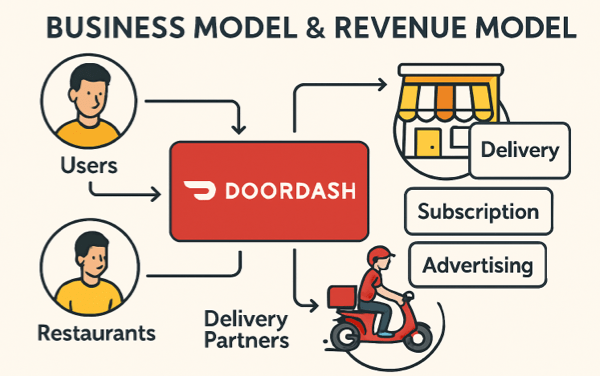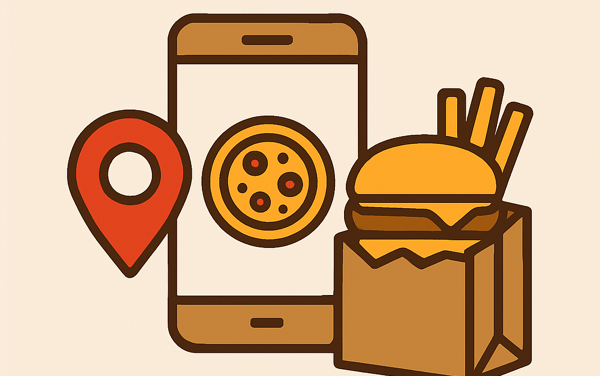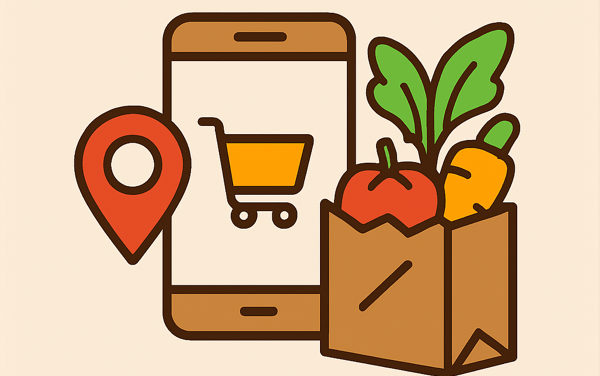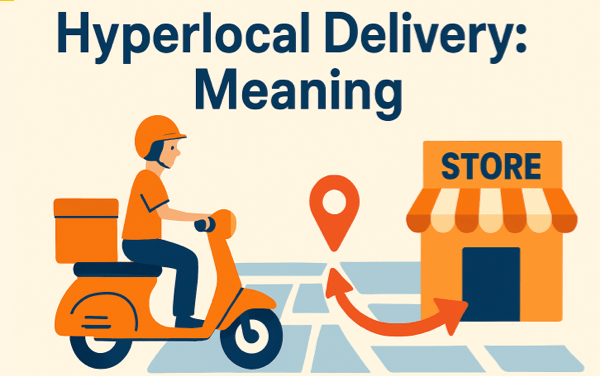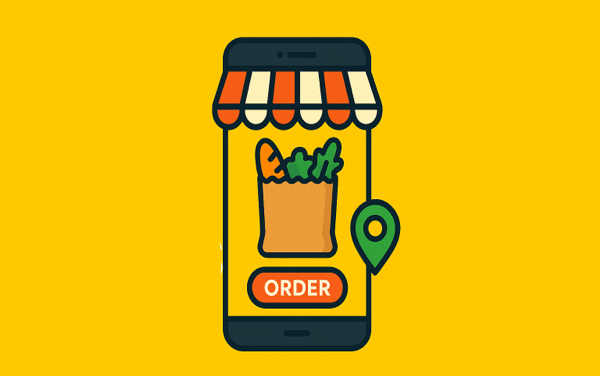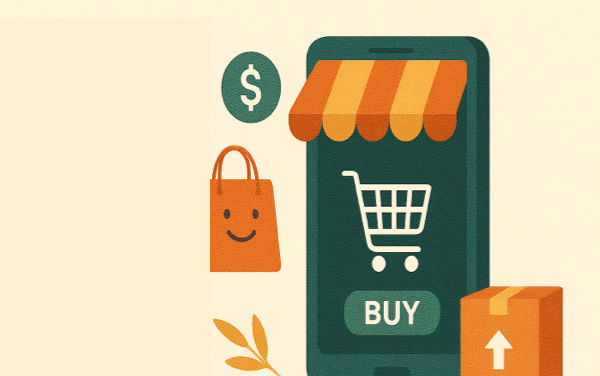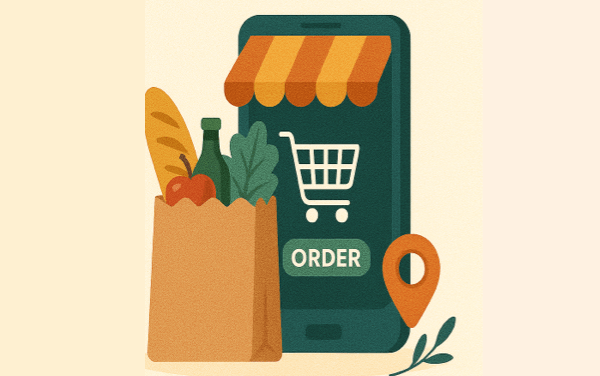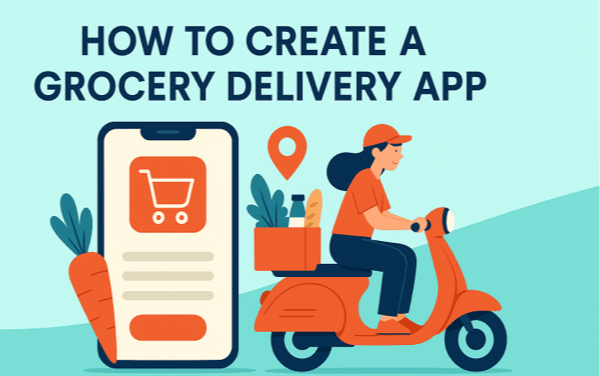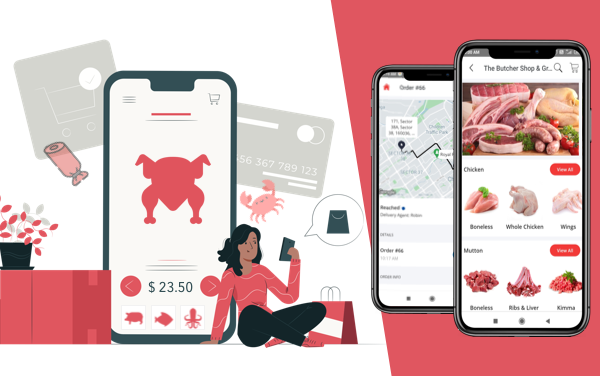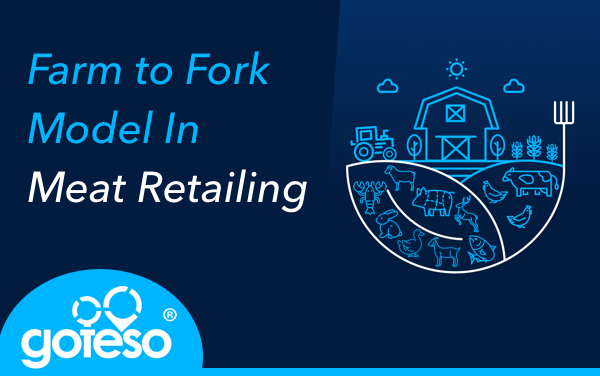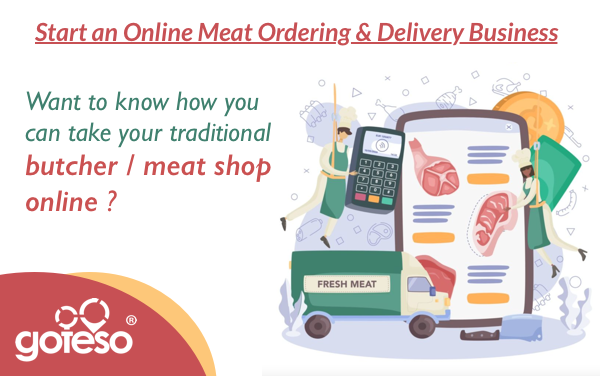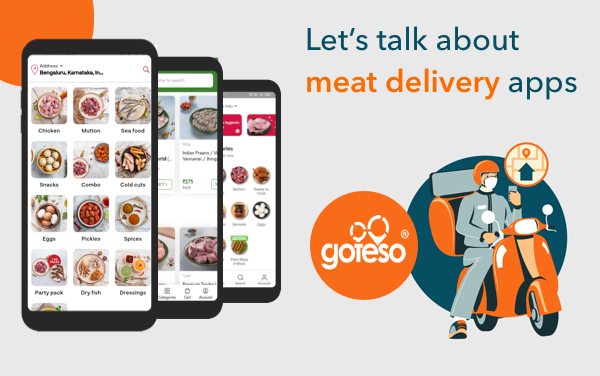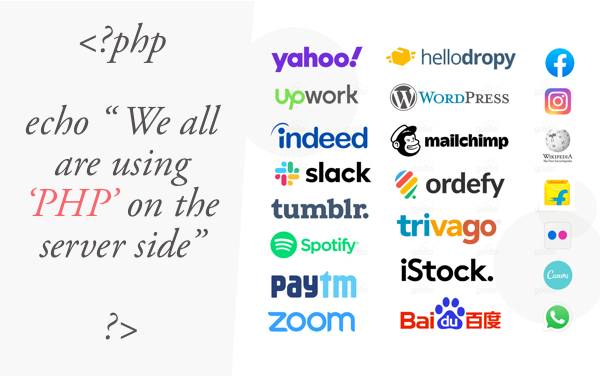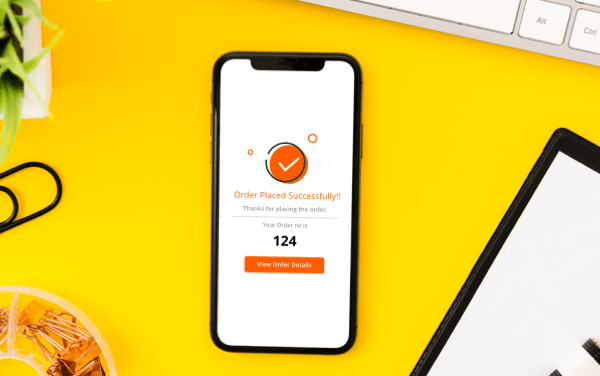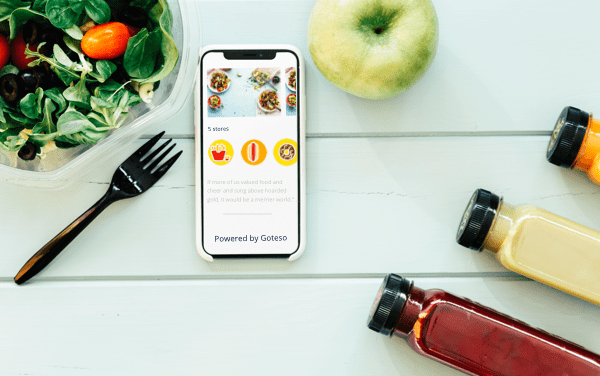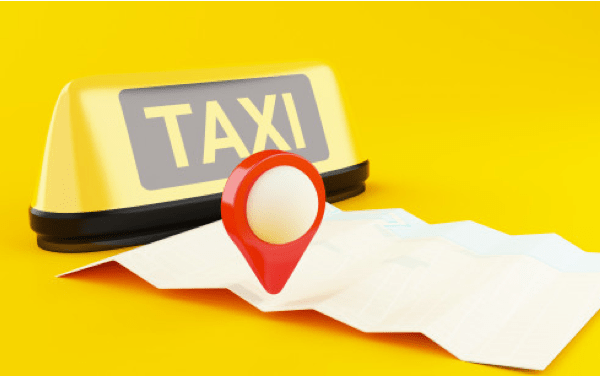Zepto Business Model | How Zepto Makes Money?
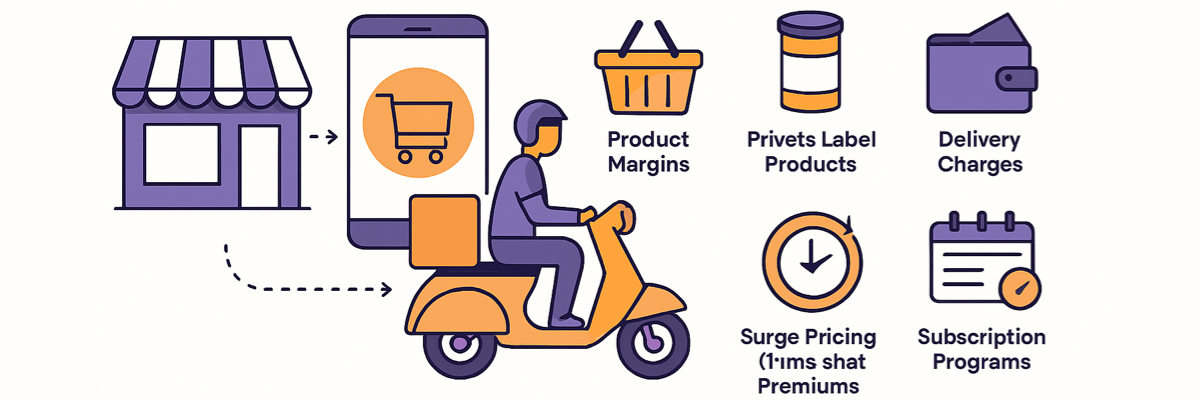
India’s quick commerce revolution is well underway—and leading the charge is Zepto, the 10-minute grocery delivery app that’s transforming how urban India shops. With lightning-fast deliveries, a tech-driven approach, and an expanding customer base, Zepto has positioned itself as one of the fastest-growing startups in the country.
In this blog, we’ll break down the Zepto business model and explore how Zepto makes money, even while offering ultra-fast delivery and deep discounts.
What is Zepto?
Zepto is a Mumbai-based quick commerce startup founded in 2021 by two Stanford dropouts, Aadit Palicha and Kaivalya Vohra. The app promises 10-minute grocery delivery by leveraging a network of micro-warehouses and cutting-edge logistics technology.
Zepto has rapidly expanded to major metro cities like Mumbai, Bangalore, Delhi, Chennai, Hyderabad, and Pune, offering groceries, snacks, personal care products, beverages, and more—all delivered in minutes.
Zepto Business Model Explained
The Zepto business model follows a dark store or micro-warehouse model, optimized for hyperlocal delivery. Here’s a breakdown of how it works:
1. Dark Stores / Micro-Warehouses
Zepto operates dark stores—small fulfillment centers located strategically within high-demand neighborhoods. These stores stock high-frequency products that can be quickly picked, packed, and dispatched.
2. Hyperlocal Delivery
By using advanced route optimization algorithms and real-time traffic data, Zepto ensures fast delivery (under 10 minutes) by deploying delivery partners within a 2–3 km radius.
3. Technology-Driven Logistics
Zepto relies heavily on AI and machine learning for:
- Inventory management
- Demand forecasting
- Delivery time optimization
- Rider assignment
4. Product Curation
Zepto maintains a curated catalog of 2,500–3,000 SKUs (Stock Keeping Units) tailored to specific areas, ensuring only fast-moving items are kept in stock to streamline operations.
How Zepto Makes Money?
Despite offering heavy discounts and free delivery, how Zepto makes money is a question many ask. Here are the main revenue streams:
1. Product Markup
Zepto buys products at wholesale prices and sells them at retail prices (or slightly higher). The margin from this markup contributes to their revenue.
2. Delivery Charges
While most deliveries are free for now (as part of customer acquisition), Zepto charges a delivery fee in some cases—especially for low cart values or high-demand hours.
3. Private Label Products
Zepto is increasingly offering its own private label products in categories like staples, snacks, and personal care. These offer higher profit margins compared to third-party brands.
4. Surge Pricing
In times of high demand, Zepto may apply surge pricing or convenience fees, especially for express delivery slots.
5. Commission from Brand Partnerships
Zepto partners with FMCG brands for better shelf visibility, in-app promotions, and featured placements. These brands pay Zepto a commission for marketing and driving sales.
6. Subscription Plans (Future Monetization)
Though not mainstream yet, Zepto could launch premium subscription plans (like Zepto Pro), offering benefits like free delivery, cashback, or early access to deals—creating a recurring revenue stream.
Why the Zepto Business Model Works
- Speed as a USP: Fast delivery = higher customer retention
- High Order Frequency: Daily needs lead to more frequent purchases
- Tech Efficiency: Tech-led backend reduces operational costs
- Focused Inventory: Reduced SKUs = faster fulfillment and less inventory loss
- Strong Unit Economics (in select locations)
Challenges Zepto Faces
While the Zepto business model is innovative, it comes with challenges:
- High logistics and delivery costs
- Intense competition from Blinkit, Swiggy Instamart, and BigBasket
- Thin profit margins in grocery retail
- Need for massive funding to sustain growth
Still, Zepto continues to raise capital and expand aggressively, suggesting strong investor and consumer confidence.
Final Thoughts
Zepto has redefined the rules of the grocery game in India. Its model of dark stores, fast deliveries, and tech-driven efficiency is being closely watched by entrepreneurs, investors, and legacy players alike. If you’re curious about how Zepto makes money, the answer lies in its smart use of logistics, margins, and future potential in subscriptions and private labels.
Want to Launch Your App Like Zepto?
Do you dream of building the next big quick commerce or grocery delivery platform?
Contact Goteso, the best on-demand app development company, and launch your own Zepto-like app with real-time tracking, advanced logistics, and a scalable backend.
Your idea + our tech = future success. Let’s build it together!

